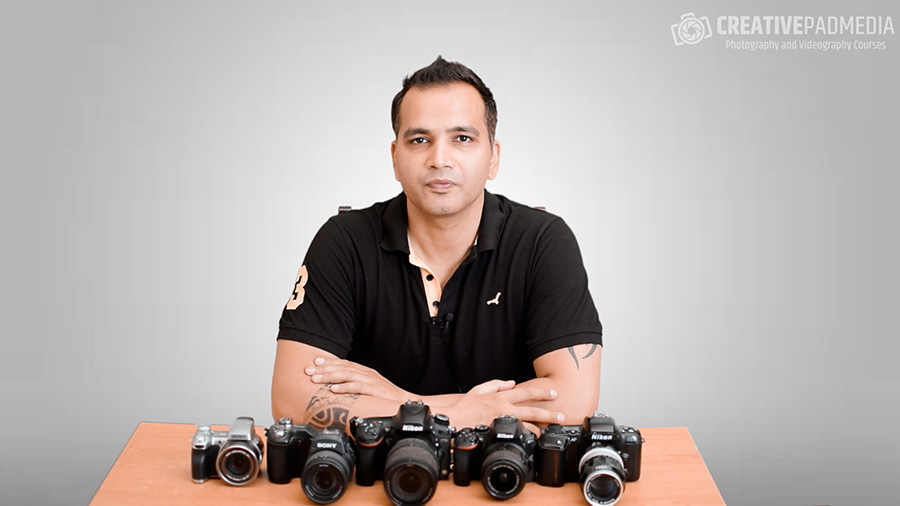Low Key Photography With Continuous Lighting? Is it Advisable?
A lot of beginner photographers who don’t know how to use strobe lights or simply don’t want to use them by choice, end up doing low key photography by using a continuous light source, like a video light or even the modelling lamp of a strobe.
I know because I was one of those. But my reason is altogether an embarrassing one – I actually did not know that strobes were flashes. When I started off doing studio photography, I looked at the biggest part of a strobe light, the modelling lamp, and thought to myself – Yeah, that’s it. Let’s switch this guy on and start taking some photos.
I did not know about the actual purpose of a modelling lamp, which was to basically preview the lighting on the subject until the flash unit of the strobe fired to take the actual shot.
Truly my facepalm moment but here’s the thing – I was actually doing professional shoots where I was getting paid, using only the modelling lamp. I used to use two strobe lights, each of which had a 10 watt modelling lamp. Yes, you read that correct – 10 freaking watts. So basically I was doing professional studio shoots using 20 watts of continuous lighting. LOL!
But here’s another thing – IT WORKED AND I GOT PAID TOO!!!
So what happened there?
First of all, let me show you one of my favorite low-key shots from one of those shoots –

As you can see, the shot seems good and even the 10 watt light bulbs did enough to light the subjects well.
Now I was lucky because the clients here did not want anything apart from shots for social media usage.
Had they wanted to take a big print out of this image, it’s safe to say that they would soon have demanded a refund for this shoot.
Why?
Let me show you the same image at 150% zoom:

Can you start to notice noise in the shot?
The reason this noise creeped into the shot is because I was using an ISO of 800 for this shot. And in my early days, I used to use an entry level DSLR and those don’t have good enough sensors, which means even at an ISO like 800, the noise can become evident if looked too closely.
All the shoots I got away with were solely because of this reason – the clients never bothered to zoom in since they never wanted anything more than photos to share on social media.
Basically, I was lucky.
The correct thing to do here would be to use the flash unit of the strobe, which is way more powerful than the modelling lamp. Using the flash would have enabled me to take the same shot at ISO 100. And hence, the shot would be good for prints too.
Conclusion – What is the real answer?
So now let’s revisit the question – Can you do low-key photography with continuous lighting?
Yes, you can.
But is it advisable?
It depends. Here are the factors which are important:
- Are you using strong enough continuous lighting? In my case, I used to use two 10 watt bulbs but a lot of professional photographers do low-key photography with very strong video lights. In those cases, it’s fine since having a powerful light means you can still shoot at the base ISO and not introduce noise.
- Are you using a camera with a higher ISO capability? Currently I use the Nikon D750 for my shoots, which is a professional camera with one of the best sensors out there. It means even if I shoot at a slightly higher ISO like 800, it doesn’t result in noise.
- What does the client need the shots for? If it’s just for social media usage, then you’ll be fine.
- What kind of continuous lighting do you have and can it be modified? In low key photography, you need to modify light using a modifier so it only hits the subject on the correct areas. But this may not always be possible with all continuous lights. For instance, if you have a large LED panel (those square/rectangle looking video lights), it may not be possible to modify it since it’s not easy to find a modifier for these type of lights.
So there you go. Now you know whether a continuous light is the answer for your needs when it comes to doing low-key photography.
P.S – If you are someone who wants to learn the art of studio photography, then do check out my course called Studio Photography for Beginners, which has 31 videos and 4 hours of content. It is available via Udemy.com. It even has a dedicated section for low key photography. You can see the promo video below to see what all it contains:








